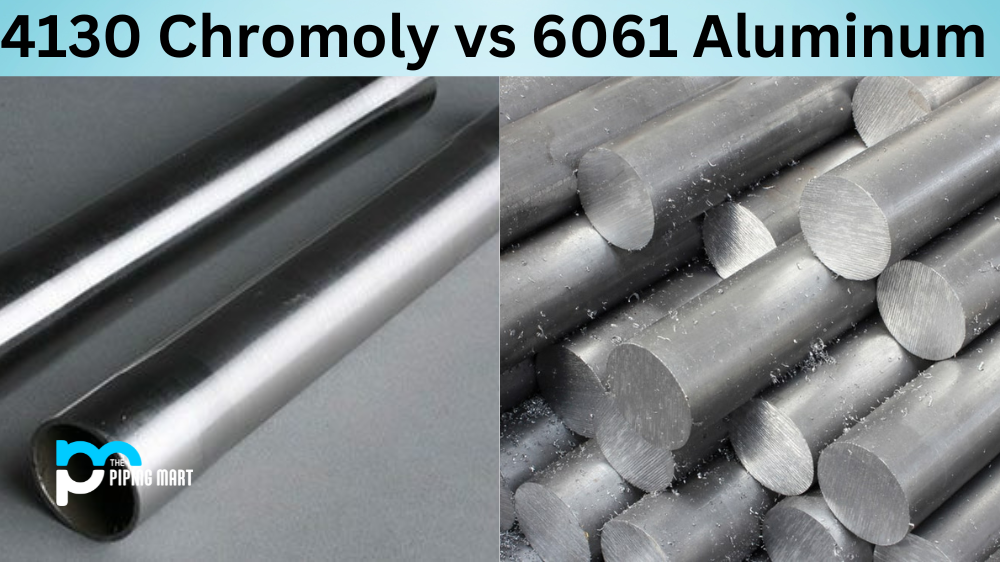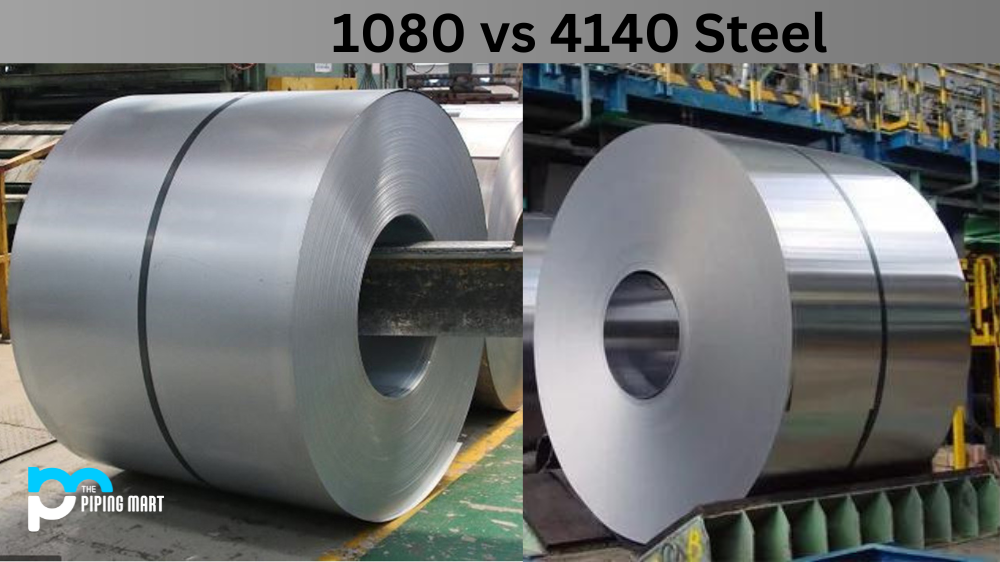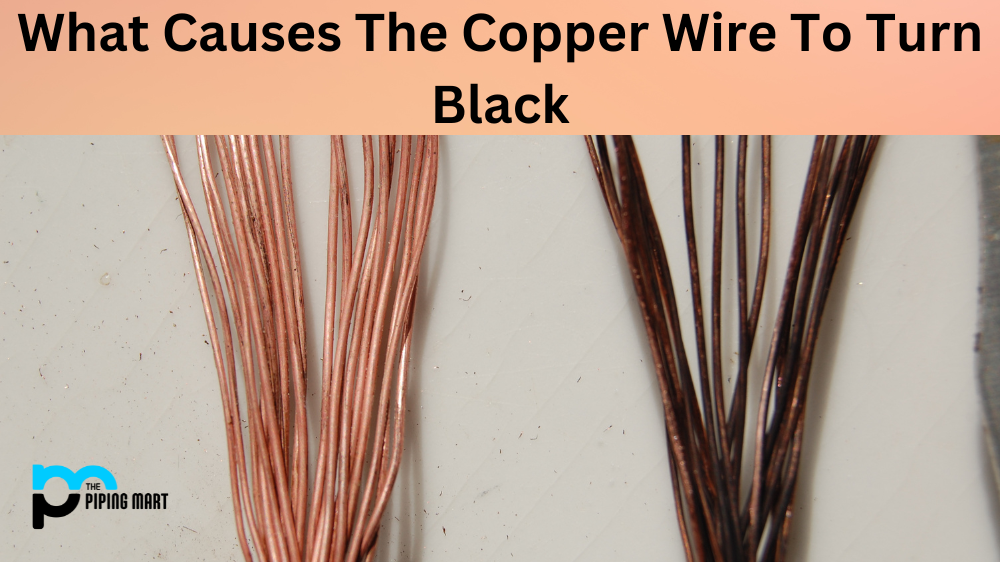Selecting the right material is crucial when building anything that requires strength and durability. Two popular choices for building a bike frame or other components include 4130 chromoly and 6061 aluminium. Both materials have advantages and disadvantages, and it’s important to understand their differences before purchasing. In this post, we’ll take a closer look at each material, exploring the properties that make them unique and helping you make an informed choice for your project.
What is 4130 Chromoly?
4130 chromoly is a steel alloy made from chromium, molybdenum, and other elements. Adding these materials makes it stronger, more durable, and more resistant to impact damage than different types of steel. It’s material for various applications, including bike frames, roll cages, and aircraft components. Because it’s so strong, it’s often used in applications where weight isn’t as much of a concern. Chromoly is also highly weldable, making it a popular choice for custom bike frames, especially for those who require complex shapes and angles.
What is 6061 Aluminum?
Unlike chromoly, 6061 aluminium is a non-ferrous metal. It’s an alloy that contains magnesium, silicon, and other trace elements. The alloy is lightweight and corrosion-resistant, often used in the aerospace industry and for bike frames. Aluminium is easily manipulated into shapes and commonly used to produce bicycle components such as handlebars and seat posts. One downside to aluminium is that it could be more durable than chromoly and prone to cracking or failing under extreme stress.
Difference Between 4130 Chromoly and 6061 Aluminum
Strength Comparison
When comparing the strength of 4130 Chromoly and 6061 Aluminum, there’s a tradeoff between strength and weight. This makes it difficult to reach them directly. Chromoly is much stronger than aluminium, but it’s also much denser. Aluminium, however, is much lighter than chromoly but could be stronger. For example, a Chromoly bike frame may weigh 7 pounds, while an aluminium frame may weigh only 5 pounds.
Cost Comparison
The cost of each material can vary considerably depending on several factors, including the size of the item being built, the thickness of the material, and any additional finishing or treatment required. In general, chromoly is more expensive than aluminium but is stronger and more durable. Aluminium is less costly but may need to be more durable and require frequent replacement.
Other Differences
- Chromoly is stronger than aluminium.
- Chromoly is lighter than aluminium.
- Chromoly is more expensive than aluminium.
- Chromoly is less corrosion-resistant than aluminium.
- Chromoly is more difficult to weld than aluminium.
Conclusion
When choosing between 4130 chromoly and 6061 aluminium for your project, carefully weigh each material’s pros and cons. Chromoly is stronger and more durable than aluminium but also heavier and more expensive. Aluminium is lightweight and less costly but may be less stable under extreme stress. Both materials are highly versatile and offer unique strengths that make them valuable in many applications. Choosing chromoly and aluminium will ultimately depend on your specific needs and requirements.

Pipingmart is a B2B portal that specializes in metal, industrial and piping items. Additionally, we share the latest information and information about materials, products and various types of grades to assist businesses that are involved in this business.




